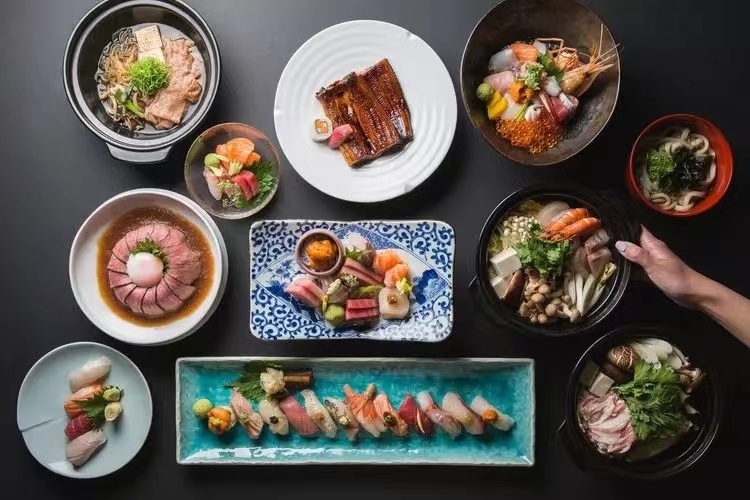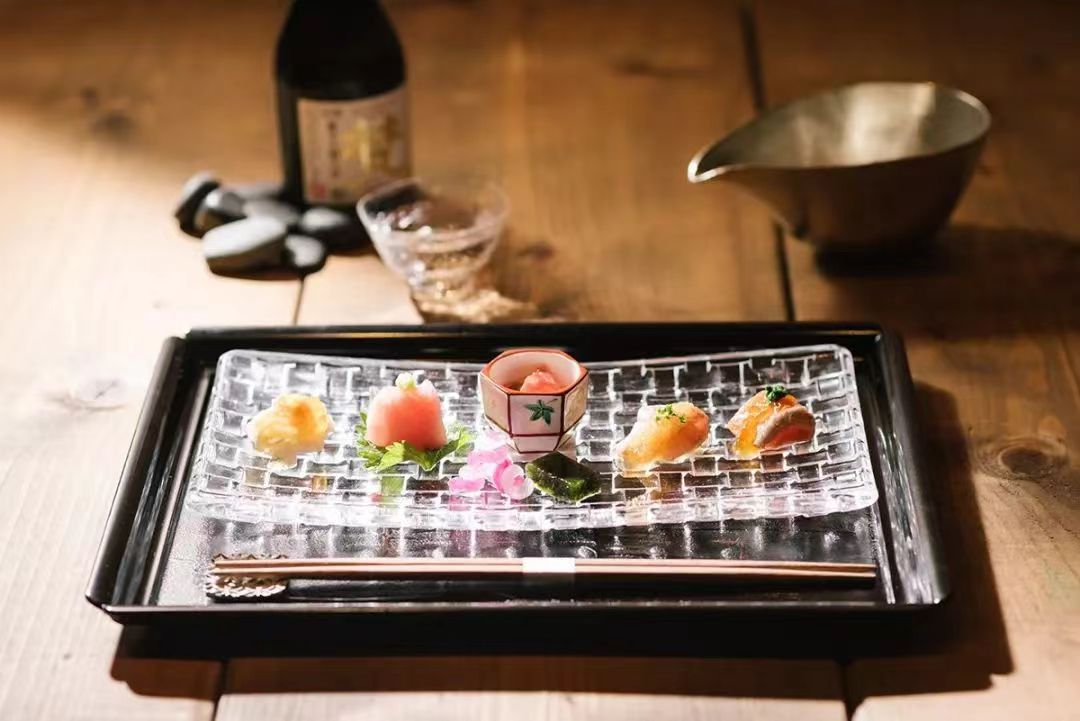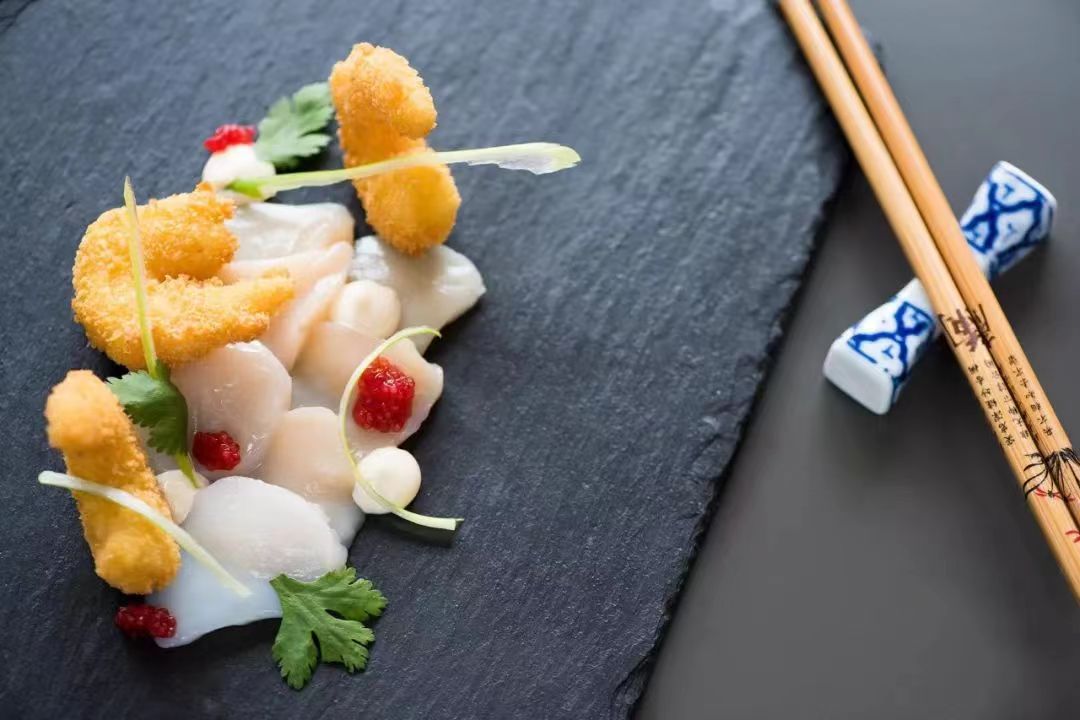Physical Address
304 North Cardinal St.
Dorchester Center, MA 02124
Physical Address
304 North Cardinal St.
Dorchester Center, MA 02124
To newcomers, Kaiseki cuisine might sound elusive – but in Japan, this refined culinary tradition represents the absolute pinnacle of Japanese gastronomy. More than a meal, authentic Kaiseki cuisine is a multi-sensory meditation on seasonality, craftsmanship, and the philosophy of ichigo ichie (one moment, one meeting).

At the heart of Kaiseki cuisine lies an uncompromising pursuit of purity:

Unlike generic “Japanese fine dining,” Kaiseki cuisine adheres to centuries-old principles:
❖ Wabi-Sabi Aesthetics: Asymmetrical pottery and bamboo leaves embrace natural imperfections
❖ Umami Alchemy: Dashi broth made from katsuobushi (fermented tuna) and kombu forms the flavor foundation
❖ Temperature Choreography: Hot dishes arrive at 60°C (140°F); cold dishes at 5°C (41°F) – all calibrated for optimal taste
Experience Kaiseki cuisine in Kyoto’s tucked-away ryotei (traditional restaurants) or at ryokans with Michelin-starred masters like Yoshihiro Murata. This isn’t just dinner – it’s edible philosophy on a plate.